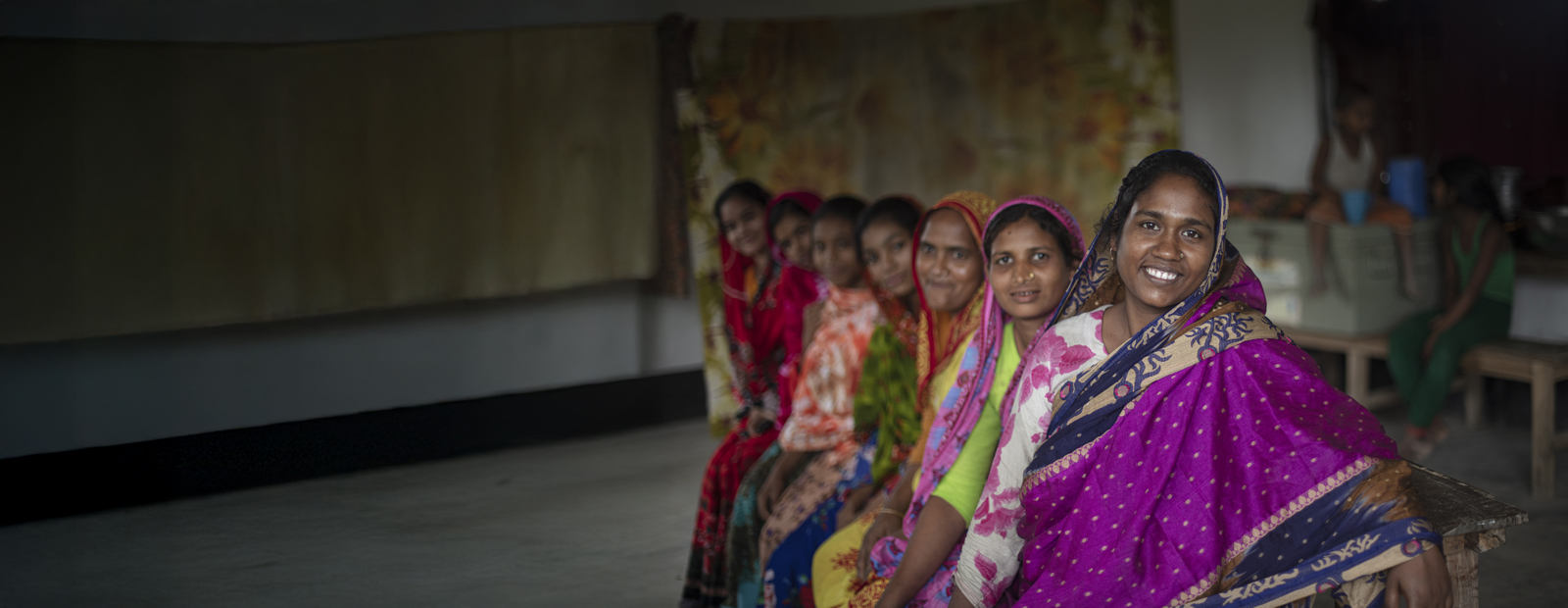As the Syria conflict enters its 13th year, the humanitarian situation across the country continues to worsen, further deepening existing vulnerabilities. The number of people in need of humanitarian aid continues to rise, reaching 16.7 million this year, representing a 9.15% increase from 2023. Today, more than 70 percent of the country’s population need assistance.
Despite these escalating needs, in 2023, the humanitarian response in Syria faced acute funding shortfalls, with a staggering 61% gap in the overall requirements. The situation is likely to worsen in 2024.
“The humanitarian response in Syria is facing critical challenges across all sectors. The needs are so great that we often find ourselves having to prioritize the absolute minimum, including by reducing rations and targeting the most vulnerable with the most critical of needs,” said Jolien Veldwijk, CARE Syria’s Country Director. “Thirteen years on, people are increasingly desperate. They are having to use negative coping mechanisms, including early and forced marriage of young girls and child labor as a means of securing financial assistance to feed the rest of their families in the absence of any income generating opportunities and soaring prices. In many communities, we see women taking on new roles in the informal labour market to help feed their families, but this can leave them exposed to exploitation and violence against women and girls.”
Record funding shortfalls impacting the World Food Programme (WFP) operations worldwide have been acutely felt across Syria, which remains among the ten countries with the highest number of hungry people globally. WFP funding cuts are leading to a reduction of approximately 80% the number of individuals benefitting from food assistance across Syria in 2024.
“Depending on how much family members who go out as daily laborers make, we buy zaatar, yoghurt or tomatoes because here we only get bread,” said Zeina, an internally displaced person living at a school turned collective shelter center in northern Syria. “Those who are poor and who don’t have any money are really destitute.”
Over the past year, the Syrian currency has depreciated in value by 130%, while inflation has reached record highs. Salaries in both the formal and informal labour markets remain grossly inadequate to cover the most basic of needs, further pushing the majority of the population into poverty.
Recently, conflict has renewed and escalated across different parts of the country, causing further loss of civilian lives, displacement and destruction of vital civilian infrastructure including clean water and electricity. The number of people who have been displaced by the conflict and its spillover effects continue to be amongst the highest in the world, with about 6.8 million people internally displaced, and about 6.5 million refugees, most of whom now reside in neighbouring Türkiye, Lebanon and Jordan.
The February 2023 earthquakes came as an additional blow to Syrian communities who were already struggling to meet their basic needs. In the northwest, one of the regions most affected by the earthquakes, it is estimated that 855,000 people’s homes were damaged or destroyed, including those of Syrians who have already been displaced multiple times by the conflict.
“Disasters like the February 2023 earthquakes highlight the precariousness of the humanitarian situation in northwest Syria,” said Rishana Haniffa, CARE Türkiye Country Director. “We need longer-term funding and sustained cross-border access to help communities recover from the multiple shocks and stresses they have endured for over a decade now. Programs that deliver economic support and education services as well as basic needs such as durable shelter with access to water, electricity, healthcare have shown to reduce communities’ dependency on aid and ability to rebuild their lives”.”
CARE delivers a combination of emergency humanitarian assistance programs and interventions that aim to build resilience and reduce dependency on short-term aid cycles inside Syria, helping vulnerable communities cope with the persisting impacts of the conflict and the accompanying economic crisis. In the past year, CARE and its local partners support about 3.8 million people inside Syria with lifesaving services and advancing women and girls.
ENDS
Note to the Editor:
For media enquiries contact Briony FitzGerald on 0404 117 927
About CARE in Syria
CARE’s programs support people in displacement sites inside Syria as well as host communities who continue to face challenges related to loss of livelihoods, shelter, and access to basic needs and services. This includes supporting communities to rebuild damaged infrastructure, providing them with dignified shelter, supporting farming communities to overcome climate challenges and supporting value-chains, as well as supporting women to find sustainable income generating opportunities and access protection and healthcare services.
About CARE Australia
CARE Australia supports women around the globe to save lives, defeat poverty and achieve social justice. We work in partnership with local communities to provide equal opportunities for women that they have long been denied: the ability to earn an income, gain access to their fair share of resources, to lead and participate in decisions that affect their lives, and to be able to withstand the increasing impacts of climate disasters and other crises. www.care.org.au

